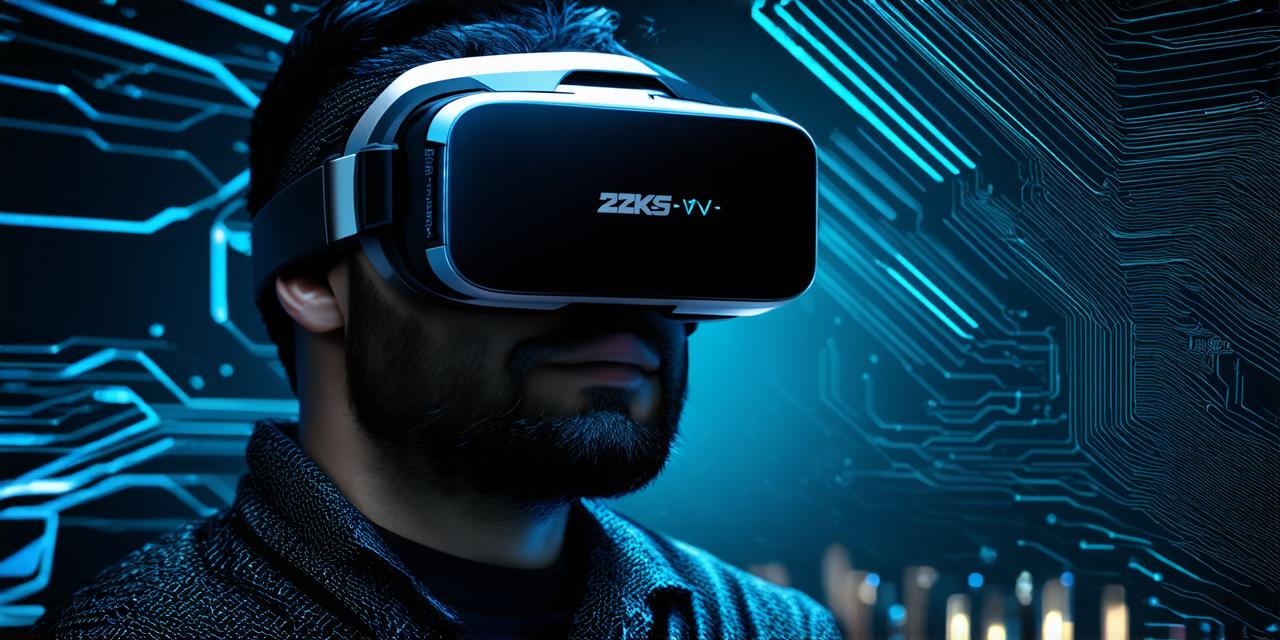Virtual reality (VR) technology is rapidly advancing and becoming more accessible to developers. With the ability to create immersive experiences that transport users into different worlds, VR development offers a unique opportunity for creators to push the boundaries of what’s possible in gaming, education, and entertainment.
However, getting started with VR development can be overwhelming for beginners. In this guide, we will cover the basics of VR development, including hardware requirements, software tools, and best practices for creating engaging experiences.
Hardware Requirements
Before diving into VR development, it’s important to understand the hardware requirements. To create VR experiences, you will need a computer with enough processing power and memory to handle the demanding graphics and computations required by VR software.
Additionally, you will need a VR headset and controllers, which provide the immersive experience for the user.
Software Tools
There are several software tools available for VR development, including game engines, authoring platforms, and programming languages. Some popular options include Unity, Unreal Engine, A-Frame, and WebVR.
Unity
Unity is a widely used game engine that supports VR development through its built-in VR tools. It offers a user-friendly interface and a large community of developers who can provide support and assets.
Unreal Engine
Unreal Engine is another popular game engine that supports VR development. It offers more advanced features than Unity, such as real-time ray tracing and motion capture, but has a steeper learning curve.
A-Frame
A-Frame is an open-source authoring platform that allows developers to create VR experiences using web technologies like HTML, CSS, and JavaScript. It’s easy to use and offers a fast development cycle.
WebVR
WebVR is a programming language that enables developers to create VR experiences in the browser. It’s ideal for creating simple VR demos or experiences that don’t require advanced graphics or performance.
Best Practices
When creating VR experiences, it’s important to keep in mind best practices for design and development. Here are some tips to get you started:
-
Keep the user in mind: When designing your VR experience, think about how the user will interact with the environment. Make sure that actions are intuitive and easy to understand.
-
Optimize for performance: VR experiences require a lot of processing power, so it’s important to optimize your code for performance. This includes reducing draw calls, minimizing asset sizes, and using efficient algorithms.
-
Test on multiple devices: Different VR headsets have different specifications and requirements, so it’s important to test your experience on multiple devices to ensure that it works seamlessly across all platforms.
-
Consider motion sickness: Motion sickness is a common issue in VR, so it’s important to design your experience with that in mind. Use smooth transitions and avoid sudden movements or changes in direction.
Conclusion
Virtual reality development is an exciting and rapidly growing field. With the right hardware, software tools, and best practices, you can create engaging and immersive experiences that transport users into new worlds. Whether you’re a beginner or an experienced developer, there’s always something new to learn about VR development.
